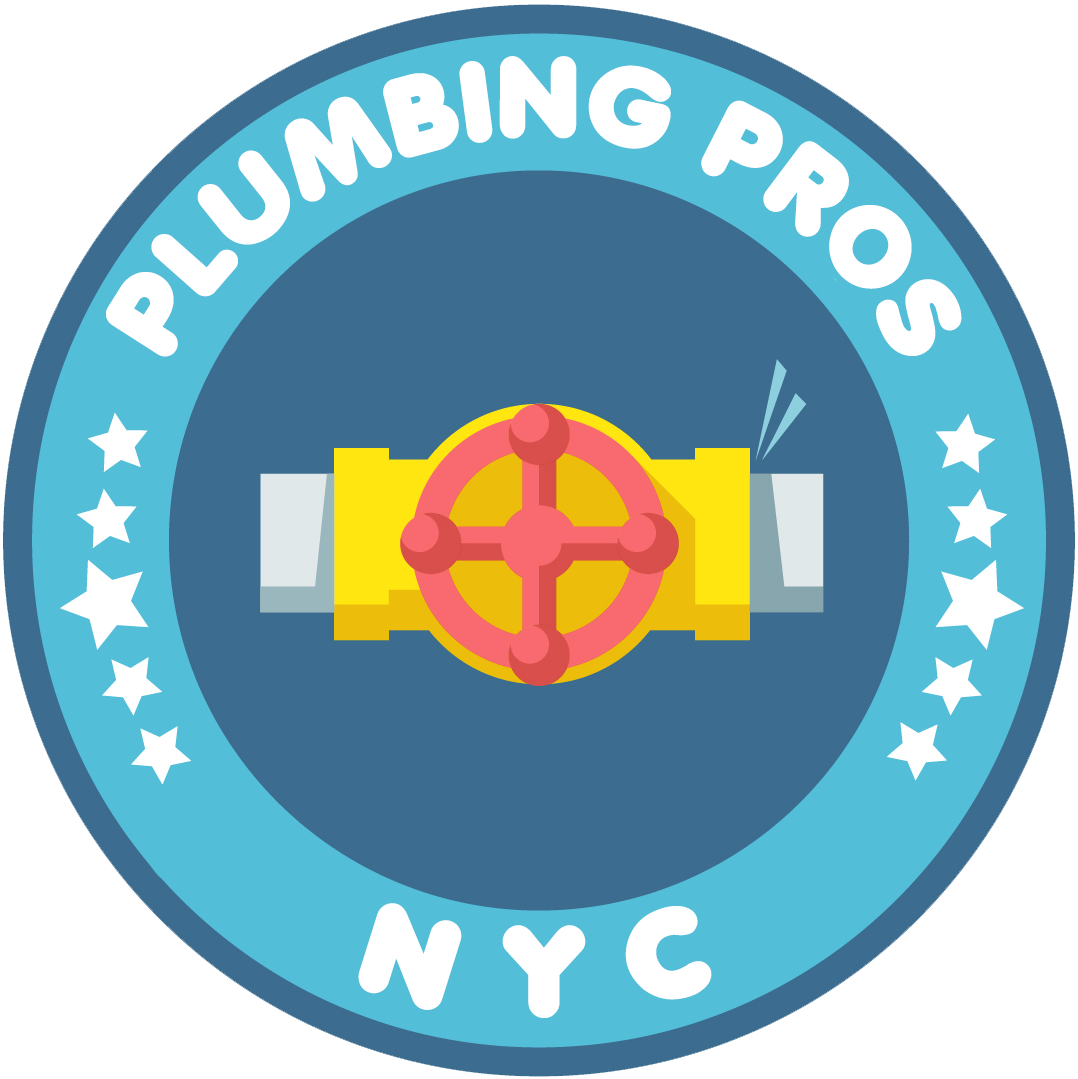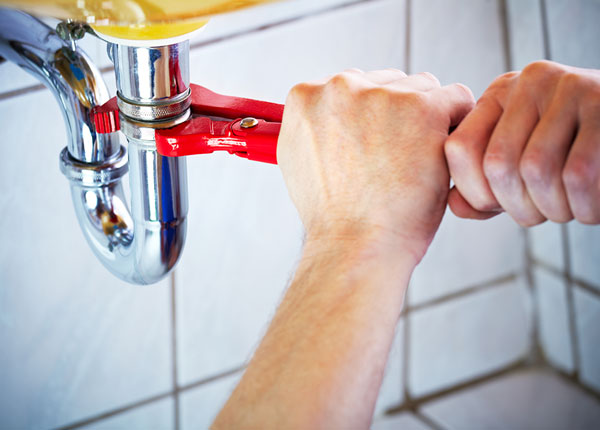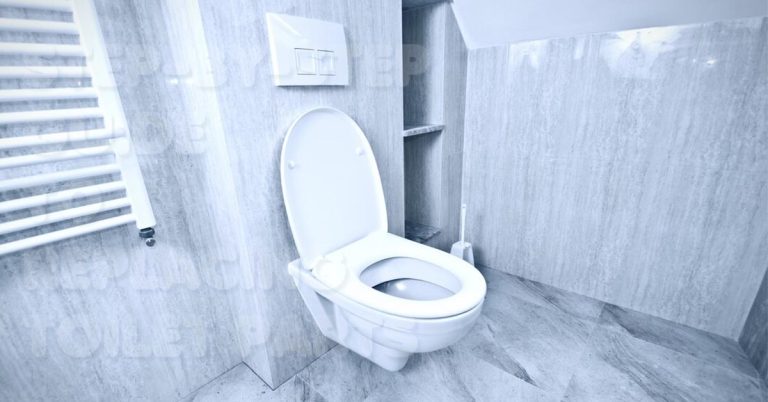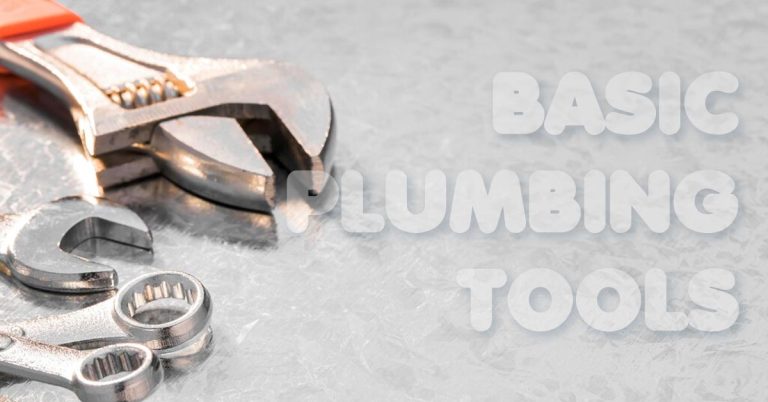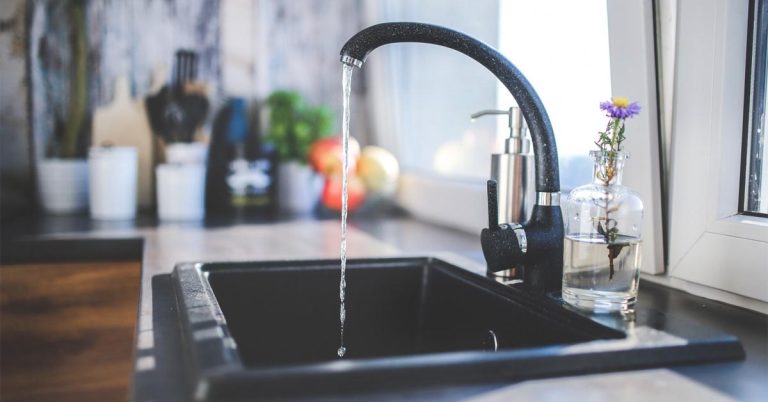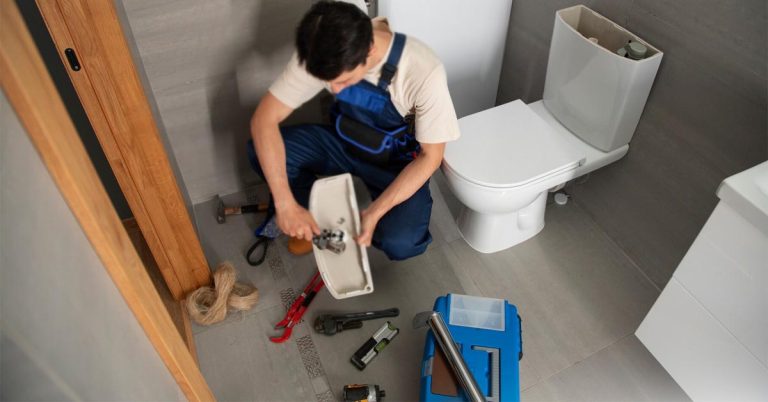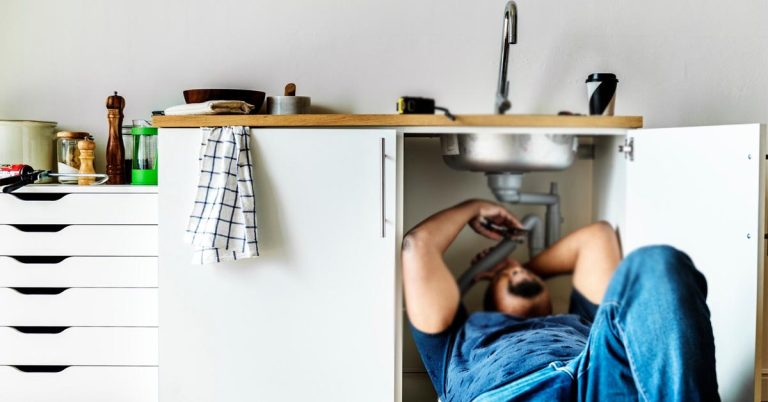When to DIY and When to Call a Professional Plumber
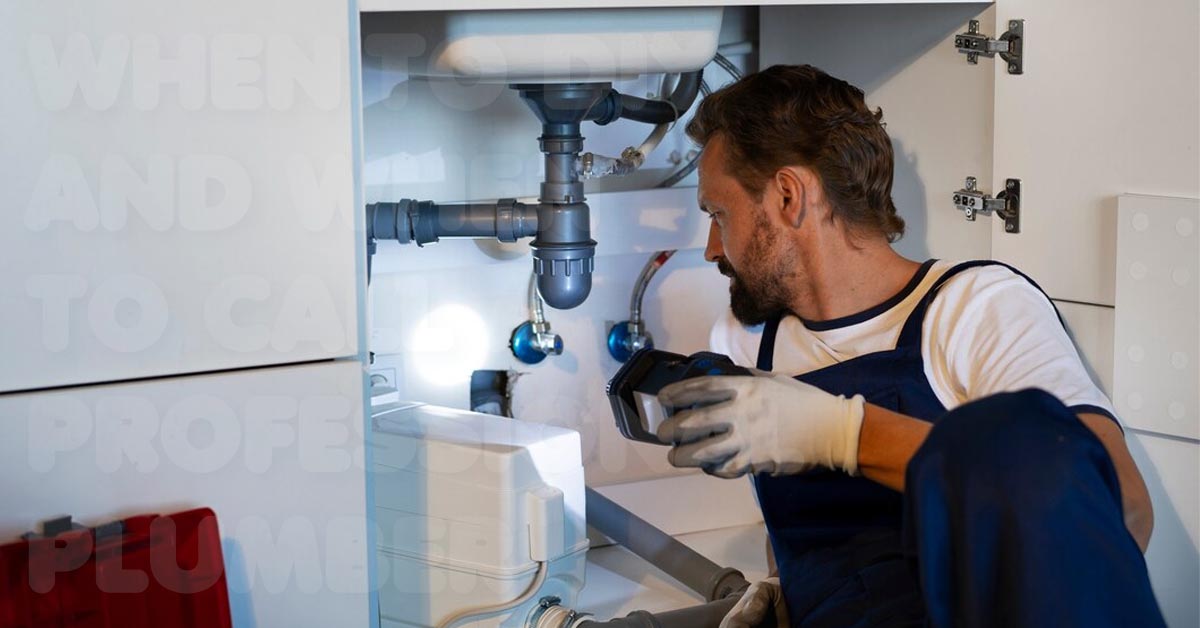
Plumbing problems can range from minor annoyances like a dripping faucet to significant emergencies like a burst pipe. While some issues are easy to fix with a bit of DIY knowledge, others require the expertise of a professional plumber. Knowing the difference can save you time and money and prevent potential water damage.
In this guide, we’ll help you determine when it’s safe to tackle plumbing repairs independently and when it’s best to call the professionals. From unclogging drains to dealing with sewer line backups, this guide covers everything you need to know to make the right decision.
However, if you’re ever in doubt or facing a plumbing emergency, NYC 24/7 Plumbing Pros is here to help. Call us at (332) 233-7070 for fast and reliable plumbing services.
Table of Contents
Why Knowing the Difference Matters
Before we dive into specific plumbing problems, it’s essential to understand why knowing when to DIY and when to call a plumber is crucial:
Save Time and Money
Taking on simple DIY repairs can save you the cost of a professional service call. However, attempting complex plumbing tasks without the proper skills can lead to costly mistakes and additional repairs.
Prevent Water Damage
Improper plumbing repairs can lead to leaks, burst pipes, and water damage to your home’s structure and belongings. Knowing your limits helps you avoid costly water damage.
Ensure Safety and Compliance
Some plumbing tasks involve electrical components, gas lines, or compliance with local building codes. These require professional knowledge to ensure safety and compliance with regulations.
Maintain Plumbing Warranty
Certain plumbing fixtures and appliances come with warranties that require professional installation or repair. DIY attempts could void these warranties, leading to out-of-pocket expenses for future repairs.
When to DIY Plumbing Repairs
These common plumbing issues are safe and easy to fix on your own with essential tools and a little know-how:
1. Unclogging a Drain
Minor clogs in sinks, tubs, or showers can usually be fixed with a plunger, baking soda, vinegar, or a drain snake.
DIY Methods:
- Plunger: Use a plunger to dislodge minor clogs with suction and pressure.
- Baking Soda and Vinegar: Pour half a cup of baking soda followed by one cup of vinegar down the drain, then flush with boiling water.
- Drain Snake: Insert a drain snake to break up hair and debris blockages.
Why It’s Safe to DIY: These methods are simple and effective and don’t require special skills or permits.
When to Call a Plumber: If the clog is persistent, multiple drains are affected, or water backs up into other fixtures, it could indicate a sewer line issue that needs professional attention.
2. Fixing a Leaky Faucet
Worn-out washers, O-rings, or valve seats often cause a dripping faucet. Replacing these parts is a simple and inexpensive fix.
DIY Steps:
- Turn off the water supply under the sink.
- Disassemble the faucet and inspect the washers, O-rings, and valve seat.
- Replace any worn or damaged parts with identical ones.
- Reassemble the faucet and test for leaks.
Why It’s Safe to DIY: Most faucet repairs are straightforward and only require essential tools like a screwdriver and adjustable wrench.
When to Call a Plumber: If the faucet leaks after replacing parts or leaks from the pipes below the sink, call a plumber to inspect for more complex issues.
3. Replacing a Showerhead
Upgrading an old or leaky showerhead is one of the most manageable DIY plumbing tasks. It only requires an adjustable wrench and plumber’s tape.
DIY Steps:
- Turn off the water supply.
- Remove the old showerhead using an adjustable wrench.
- Clean the shower arm threads and wrap them with Teflon tape.
- Screw on the new showerhead by hand and tighten with a wrench.
- Turn on the water and check for leaks.
Why It’s Safe to DIY: Replacing a showerhead is quick and easy, requiring no specialized knowledge or permits.
When to Call a Plumber: If the shower arm is cracked, corroded, or leaks from the wall, a professional plumber may need to replace it.
4. Fixing a Running Toilet
A running toilet is usually caused by a faulty flapper, float, or fill valve. These parts are inexpensive and easy to replace.
DIY Steps:
- Turn off the water supply to the toilet.
- Remove the tank lid and inspect the flapper, float, and fill valve.
- Adjust the float or replace the flapper if worn or misaligned.
- If the fill valve is malfunctioning, replace it with a new one.
- Turn on the water supply and test the flush.
Why It’s Safe to DIY: Toilet tank components are easily accessible, and replacements are inexpensive and readily available.
When to Call a Plumber: If the toilet continues to run or leak around the base, it could indicate a more serious issue, such as a cracked tank or damaged seal.
When to Call a Professional Plumber
While some plumbing tasks are perfect for DIYers, others are too complex or dangerous to handle independently. Call a professional plumber for the following situations:
1. Major Leaks and Burst Pipes
If a pipe bursts or you notice a significant leak, shut off the main water supply and call a plumber immediately. Attempting to repair it yourself could cause more damage or flooding.
Why You Need a Professional: Major leaks require specialized tools and expertise to repair or replace the damaged pipe safely and effectively.
2. Sewer Line Blockages
If multiple drains are clogged or sewage is backing up into your sinks, tubs, or toilets, it’s a sign of a sewer line blockage.
Why You Need a Professional: Sewer line repairs require specialized equipment, such as hydro-jetting machines or sewer cameras, and knowledge of local plumbing codes.
3. Water Heater Issues
Water heater repairs involve gas lines, electrical components, and complex plumbing connections. Call a professional if your water heater is leaking, not heating, or making strange noises.
Why You Need a Professional: Working with gas lines or electrical wiring is dangerous and should only be handled by licensed professionals to ensure safety and compliance with building codes.
4. Low Water Pressure
If you experience low water pressure throughout your home could indicate a hidden leak, mineral buildup, or a problem with the main water line.
Why You Need a Professional: Diagnosing and fixing low water pressure requires specialized tools and expertise to identify the root cause.
When in Doubt, Call a Professional
If you’re unsure about the complexity of a plumbing issue or don’t feel confident in your DIY skills, it’s always better to call a professional plumber. Attempting complex repairs without the proper knowledge and tools can result in costly mistakes and water damage.
NYC 24/7 Plumbing Pros is available 24/7 for all your plumbing needs. Call us at (332) 233-7070 for fast and reliable service.
Knowing when to DIY and when to call a professional plumber can save you time, money, and headaches. While simple tasks like unclogging drains or replacing a showerhead are perfect for DIYers, more complex issues like sewer line blockages or burst pipes require professional expertise.
Call NYC 24/7 Plumbing Pros at (332) 233-7070 or visit nycplumbingpros.com to schedule a service.
FAQs
Is it safe to use chemical drain cleaners?
Chemical cleaners can damage pipes, so avoid them. Instead, use a plunger or drain snake.
Can I fix a leaky pipe on my own?
Minor leaks can be temporarily fixed with pipe tape or epoxy putty, but significant leaks require professional repair.
